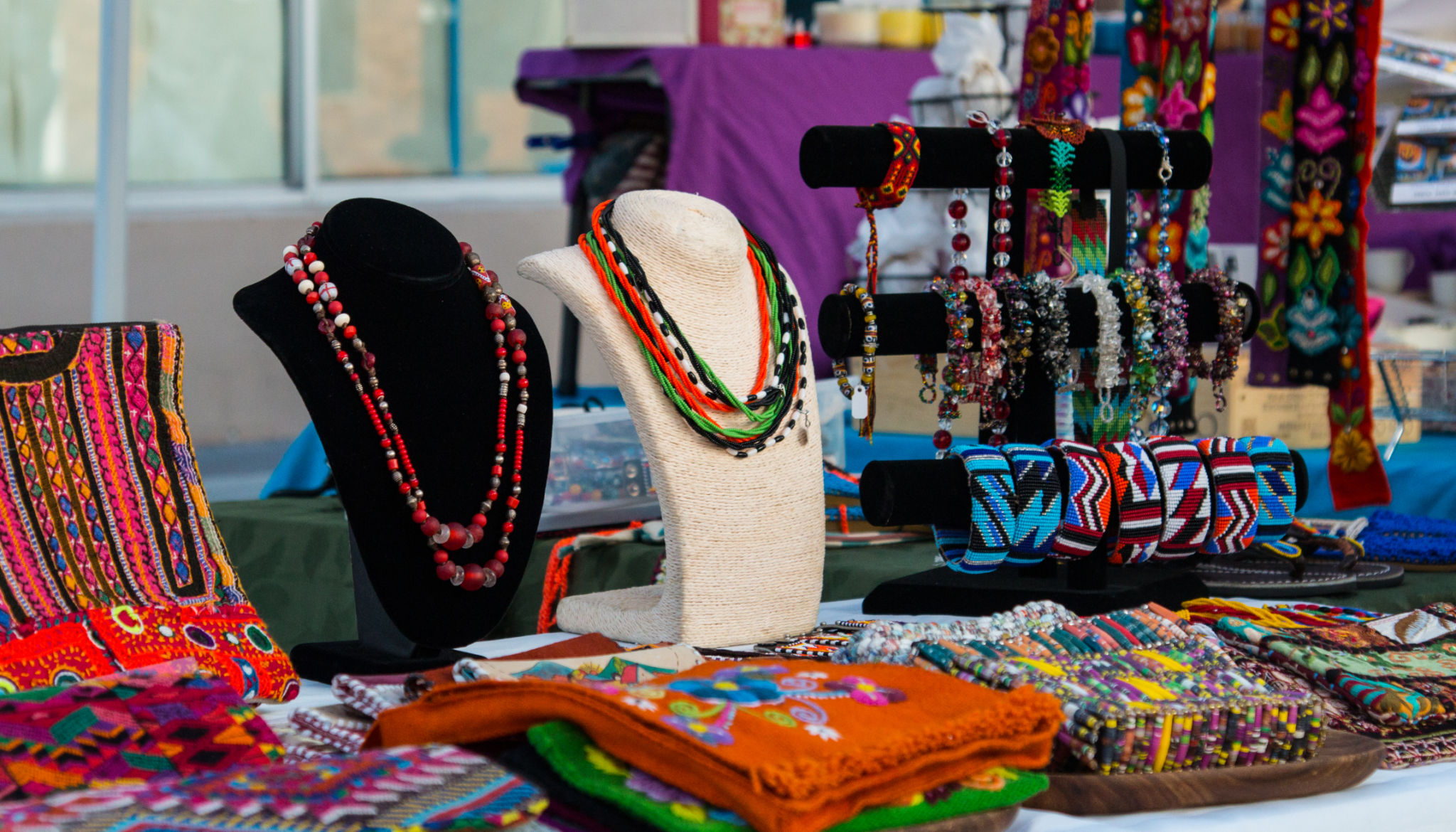Guide to Exporting Jewellery from the United Arab Emirates
Understanding the Jewellery Market in the UAE
The United Arab Emirates is renowned for its vibrant and luxurious jewellery market, making it a prime location for jewellery export. The UAE has a strategic geographical position and favorable trade policies, providing a gateway to both Middle Eastern and international markets. To successfully export jewellery from the UAE, it is essential to understand the market dynamics and consumer preferences within the region.
The demand for jewellery in the UAE is fueled by a combination of cultural significance, high disposable income, and a strong tourism sector. With a diverse population, the UAE hosts a wide array of jewellery styles, from traditional designs to contemporary pieces. This diversity presents ample opportunities for exporters targeting different market segments.

Regulatory Requirements for Exporting Jewellery
Exporting jewellery from the UAE involves navigating a series of regulatory requirements. The first step is obtaining an export license, which is mandatory for all businesses wishing to engage in international trade. This can be done through the UAE Ministry of Economy or the relevant free zone authority.
Additionally, jewellery exporters must ensure compliance with customs regulations. Accurate documentation is crucial, including invoices, certificates of origin, and detailed product descriptions. Exporters should also be aware of any restrictions or tariffs that may apply to specific materials, such as precious metals or gemstones.
Logistics and Shipping Considerations
Logistical planning is a critical component of exporting jewellery from the UAE. Choosing the right shipping method depends on several factors, including the value of the goods, delivery timelines, and destination country requirements. For high-value items, secure transportation methods such as air freight and insured shipping services are recommended.

Working with reputable logistics providers who understand the intricacies of international shipping can streamline the process and minimize potential delays. It's also essential to be aware of any import regulations or duties in the destination country to ensure smooth customs clearance.
Marketing Strategies for International Markets
Once regulatory and logistical considerations are addressed, developing a robust marketing strategy is key to successfully exporting jewellery. Understanding cultural nuances and consumer preferences in target markets can significantly enhance marketing efforts. Tailored marketing campaigns that resonate with local audiences are more likely to succeed.

Leveraging digital platforms and social media can expand reach and engagement with potential customers worldwide. Collaborating with local influencers or partnering with established retailers can also provide valuable market insights and increase brand visibility.
Building Strong International Partnerships
Establishing strong partnerships with distributors, retailers, and other stakeholders in target markets can facilitate successful market entry. Building trust and maintaining transparent communication with partners is crucial for long-term success.
Attending international trade shows and exhibitions is another effective way to network and showcase jewellery collections to potential buyers and collaborators. These events provide an opportunity to gain insights into global trends and consumer behaviors.

Ensuring Quality and Authenticity
The reputation of a jewellery brand hinges on quality and authenticity. Implementing stringent quality control measures throughout the production process ensures that exported products meet international standards and customer expectations.
Providing authenticity certificates and hallmarking jewellery pieces can further assure buyers of product quality. Transparency in sourcing materials and ethical practices can also enhance brand reputation and appeal to socially conscious consumers.
